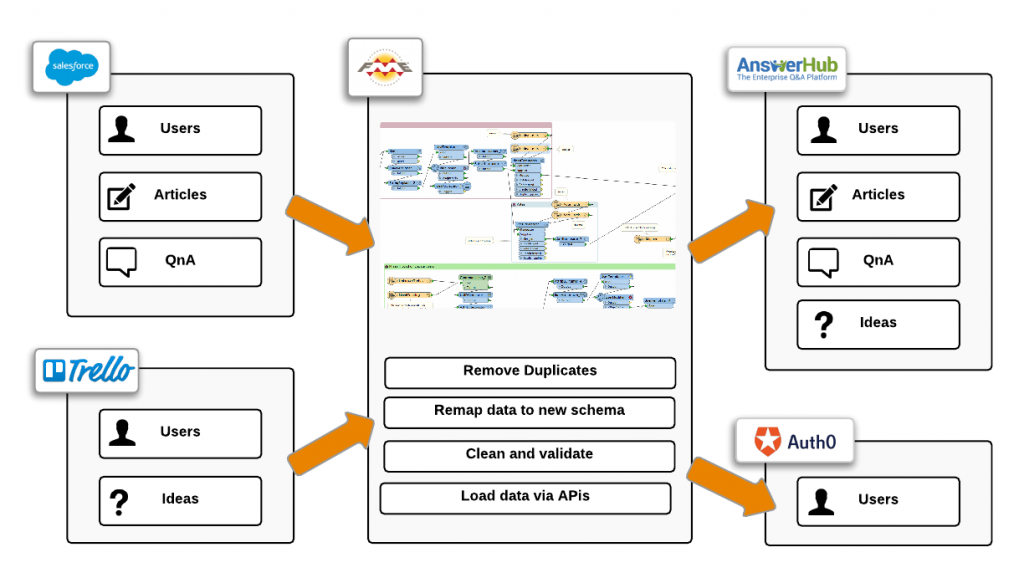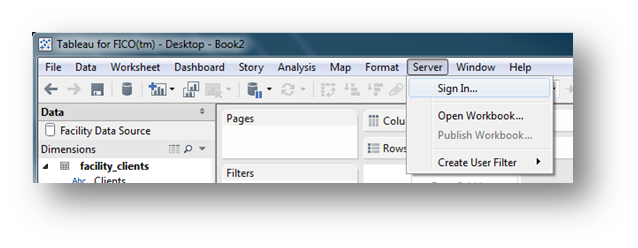

Dashboards can show data as stories, add various views and objects, offer a range of layouts and formats, and allow users to apply appropriate filters. Tableau Dashboards use text, graphic objects, visualizations, and other elements to give you a complete picture of your data. Various features of Tableau make it unique from its competitors or other BI tools available in the market. Consequently, you can import some of the packages or visuals. However, Tableau does not accept Python as a native scripting language. The software’s workload can be reduced by using Python script to execute data purification operations with packages. Users can include Python or R to get around performance problems and do complicated table calculations in Tableau. G) Use of other scripting languages in Tableau: You can tell that Forbes is worried about the profitability of Tableau from the problems with the 2017 financial reporting. However, Tableau might fall behind if it doesn’t innovate quickly, given the rising popularity of data science, AI, and machine learning. As a result, per Garner Magic Quadrant, Tableau has been a leader for more than six years. Tableau has done a fantastic job positioning itself as the leader in data visualization software. The Tableau Gallery has some incredible images that you may explore. The interface can accommodate many modifications while preventing you from producing charts that go against recommended guidelines for data display. The user can quickly construct a highly interactive display with Tableau’s drag-and-drop features. In addition, Tableau is far simple to learn when compared with Business Objects, Python, and Domo, making it possible for anyone to master it without any prior coding experience.Į) Quickly Create Interactive Visualizations: Tableau offers multiple options for visualization that improve the user experience. Additionally, Tableau has a feature that allows users to create “live” connections to other data sources, such as SQL, etc. Large amounts of data can be used to generate a variety of visualizations without compromising the dashboards’ performance.

Millions of rows of data can be handled with efficiency via Tableau. Tableau makes modifications to ensure that the correct report is sent to the appropriate device based on the device the user sees the report on.Ĭ) Tableau can handle large amounts of data: Tableau Dashboard includes a fantastic reporting function that can tailor the dashboard precisely for a given device, like a laptop or mobile phone. Due to its commitment to achieving this goal, it has risen to the top of the data visualization heap.ī) Mobile Support and Responsive Dashboard:

Therefore, its technology supports intricate calculations, data blending, and dashboarding so that stunning visualizations may be produced that provide insights that are difficult to obtain by simply glancing at a spreadsheet. Tableau is primarily a tool for data visualization. There are various advantages or benefits of using Tableau. You can build interactive dashboards in Tableau. You can connect to your data available in the form of Excel, CSV, etc., or connect directly to your database. Tableau encourages everyone to know and understand their data. It assists users in producing a variety of graphs, maps, dashboards, and stories to visualize and analyze data to aid in business decision-making. It was founded in America in 2003, and in June 2019, Salesforce bought Tableau. Tableau was ranked as a leader in analytics and business intelligence by Gartner’s Magic Quadrant. What is Tableau?įor Data Analysis and Business Intelligence, a top Data Visualization tool is present called Tableau. To achieve accurate data information in an exquisite, precise, and simplified form, a Data Visualization Tool was launched in 2003 in America called Tableau in June 2019. But sometimes, data visualization has the potential to oversimplify, which can have disastrous effects on decision-makers. Data visualization makes complex relationships and concepts easier to understand. These technologies facilitate working with and understanding vast amounts of data. In this case, Data Visualization and Tools associated with Data Visualization provide information in a visual format, such as a graph, chart, or heat map. In today’s world, everything has time constraints, and everyone needs insights into data in a fraction of seconds.


 0 kommentar(er)
0 kommentar(er)
